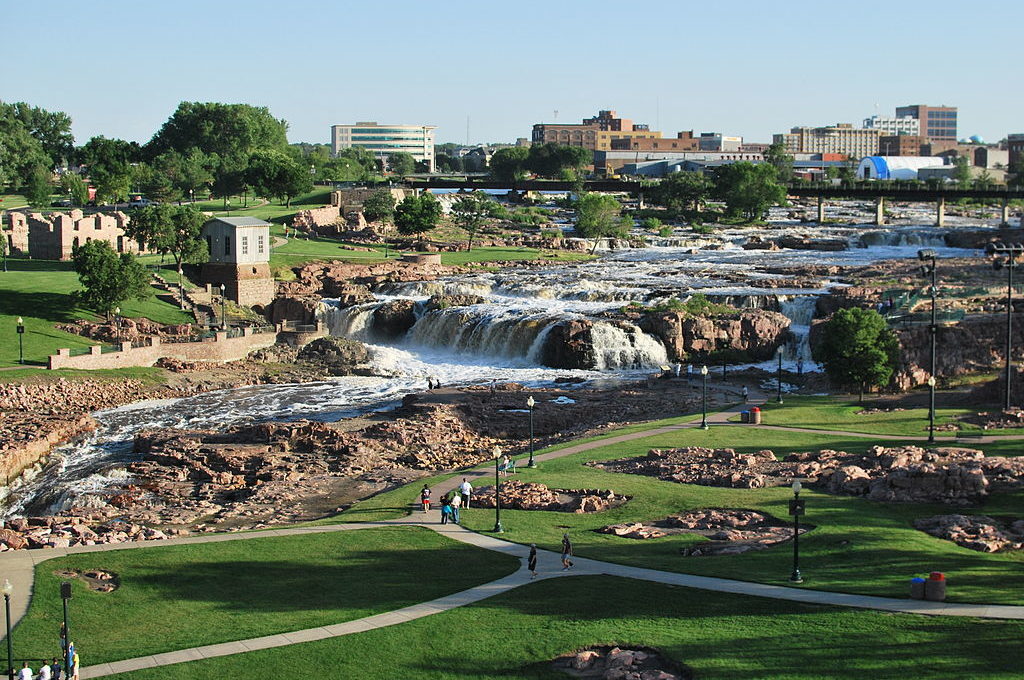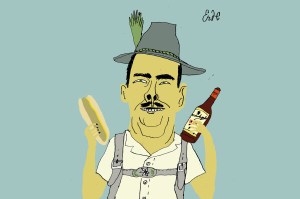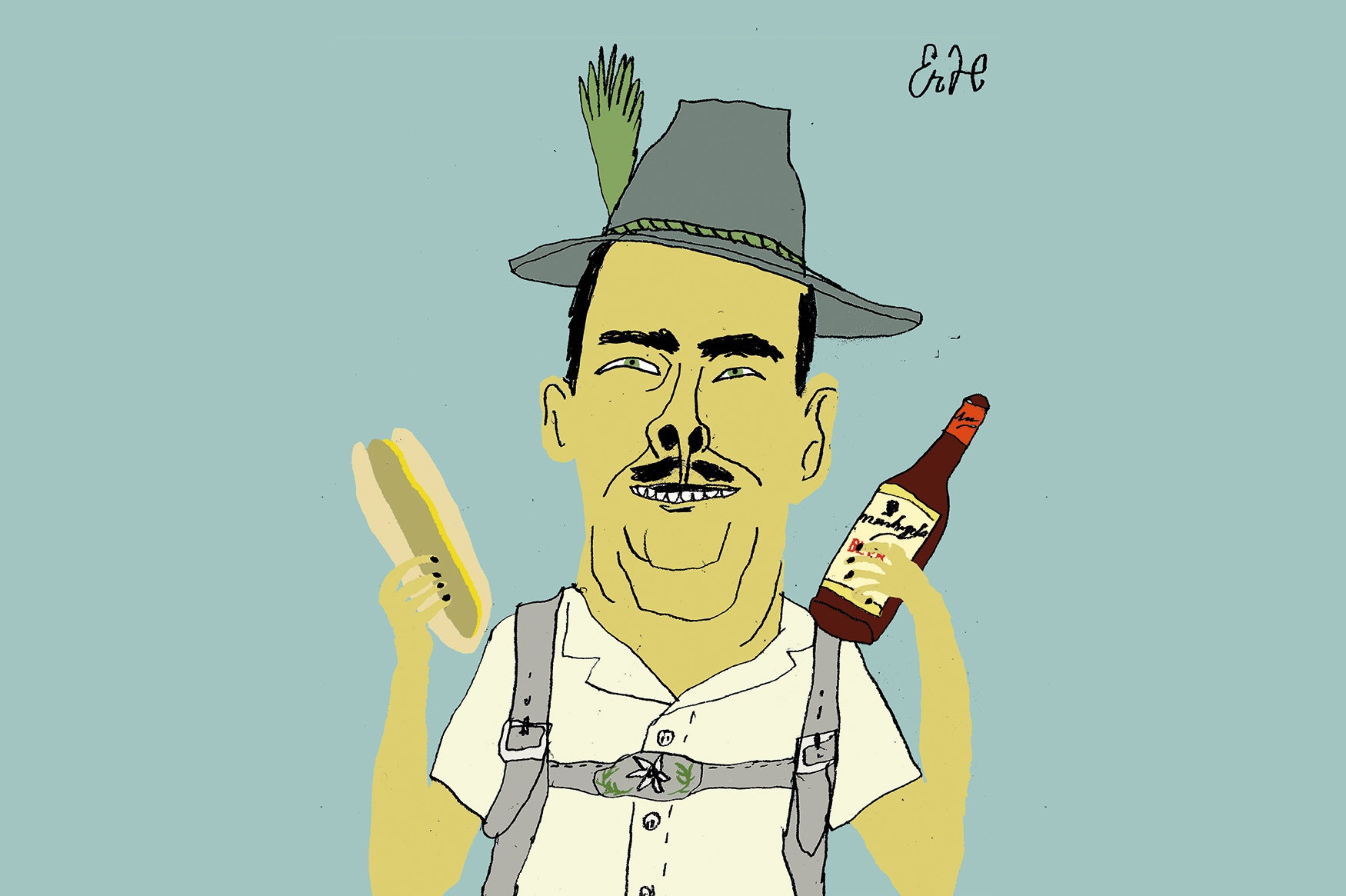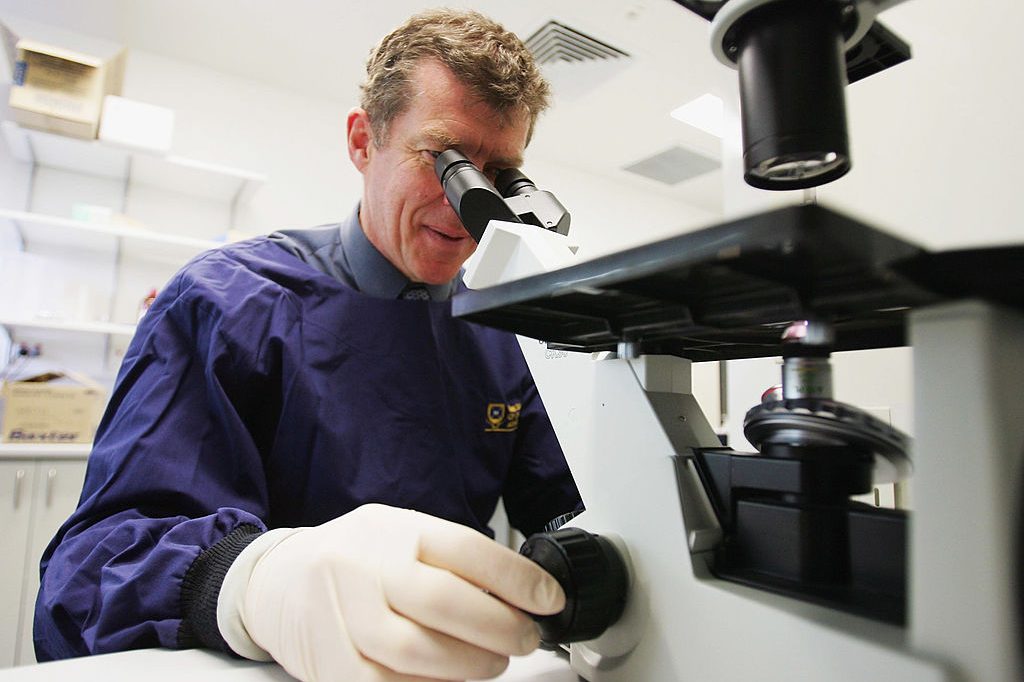So, here’s a proposition — an idea, a notion that might be worth exploring: the computer revolution has saved the small city.
Four decades into the digitizing of our lives, some of the unintended and unexpected consequences of computerization are coming clear. And one of those consequences may be the possibilities for success found by some small Midwestern cities.
The truly great cities of the nation — New York, Los Angeles — are among the most powerful economic engines ever created. The computer revolution proved to be jet fuel for the economics that brought them out of the doldrums of the 1970s. The large Rust Belt cities — Pittsburgh, Cleveland, Detroit — have either succeeded or failed to find a way out of the collapse of American manufacturing. The decline of small ranch and farm towns, once the cultural backbone of the nation, has continued, even accelerated, over the past 40 years: across the Midwest and West, there are county seats reduced to no active business except a gas station/convenience store, out on a highway that carries a small flow of unstopping traffic.
And then there is the small city. Take Sioux Falls, South Dakota, for example, with a metropolitan population around 260,000 — a 69 percent increase since 1990. The 1960s and 1970s both saw the city proper grow in population around 10 percent. Come the 1980s, however, and growth clocked in at nearly 25 percent. The 1990s the same. The 2000s the same again. The 2010s are on track to see another substantial increase in population.
South Dakota has been one of the few states to lose population fairly consistently in censuses over the past century. As it happens, the 2010 census showed an increase, but a look at county-by-county data reveals the truth. The farm towns are still dying. Few municipalities in the state are doing well, unless they have a second reason for their existence: the state government in the capital of Pierre, tourism in the Black Hills in the footsteps of Custer, or a university in a town like Brookings.
The reason that South Dakota didn’t lose population in the last census is, more than anything else, the growth of Sioux Falls. The kids are still fleeing the farm towns, but they’re not going to Chicago or Phoenix, as they might once have. They’re moving to Sioux Falls, instead.
Forbes has listed Sioux Falls as Number 1 in its list of ‘The Best Small Places for Business and Careers.’ Bloomberg News ran a reporting piece this fall, touting the city’s growth, and its escape from the single-industry traps that doomed some of the Rust Belt cities. Just when the meat-cutting industry was weakening as an employer, finance came to Sioux Falls in the 1980s in the form of Citibank’s credit-card division. But the city avoided becoming too dependent on that new industry. Metro Sioux Falls, Bloomberg’s Justin Fox notes, ‘has fewer financial-sector jobs now than it did in 2008, even as other payroll employment has risen 20 percent.’
Low taxes have helped, along with Sioux Falls billionaire Denny Sanford’s determination ‘to die broke.’ Sanford has dispersed his fortune on local enterprises from non-profit hospitals to research programs including, in the interests of full disclosure, support for the computer research of MadLabs, which includes the cyber-ethics institute I direct at Dakota State University.
The new mayor, Paul TenHaken, insists that the greatest change, more than fiscal success, has been ‘a renewed focus on arts, culture, and quality of life’ in Sioux Falls.
‘One simply needs to visit our downtown,’ he told me, ‘and see the numerous investments in riverfront redevelopment, dining and entertainment, and amenities that have sprung up to meet a growing appetite for arts and entertainment.’ A lively culture increases interest in moving business to Sioux Falls, which ‘in turn leads to a growth in workforce and recruitment efforts.’
The effects are undeniable. The fastest-growing small city in northeastern United States — State College, Pennsylvania — would come in 19th on a list of fastest-growing small cities in the Midwest, well behind such places as Fargo, Rapid City, Iowa City, and even Manhattan, Kansas. Well behind Sioux Falls, too. And all this while the Midwest is, overall, the slowest-growing region in the country.
The question, of course, is why. An under-appreciated element may be the computer revolution. In the 1980s, the computerization of large-scale business records allowed Citibank to move its credit-card operations to the extremely low-tax and relatively low-salary enclave of Sioux Falls. So too the information revolution made possible big-box outlets like Walmart. By attracting shoppers from little towns sometimes an hour away, the big stores increased cash flow in small cities, even while destroying businesses in small towns.
Perhaps even more, the internet makes life in a small city more tolerable. Back in the 1970s, the small city seemed the worst of both worlds: urban problems of poverty, noise, and crime, but few urban amenities to balance them. Online shopping reduces some of the deficiencies of small-city life, and widespread connectivity allows businesses to have a national presence without the costs of maintaining a work force in a large city.
Young people still want to meet one another. Telecommuting failed to achieve the predictions we used to make for it back in the 1990s, in part because the mating impulse is strong. But the young people are willing to go to the small cities now, when they weren’t in the 1960s and 1970s. What besides the computer revolution can explain it?
As I said, it’s only a proposition — an idea, a notion. Serious research and economic modeling would be needed to prove it true. But one thing that shouldn’t surprise us is the unintended and unexpected consequences, good and bad, of the computerizing of our lives.
Joseph Bottum is director of the Classics Institute at Dakota State University.

























